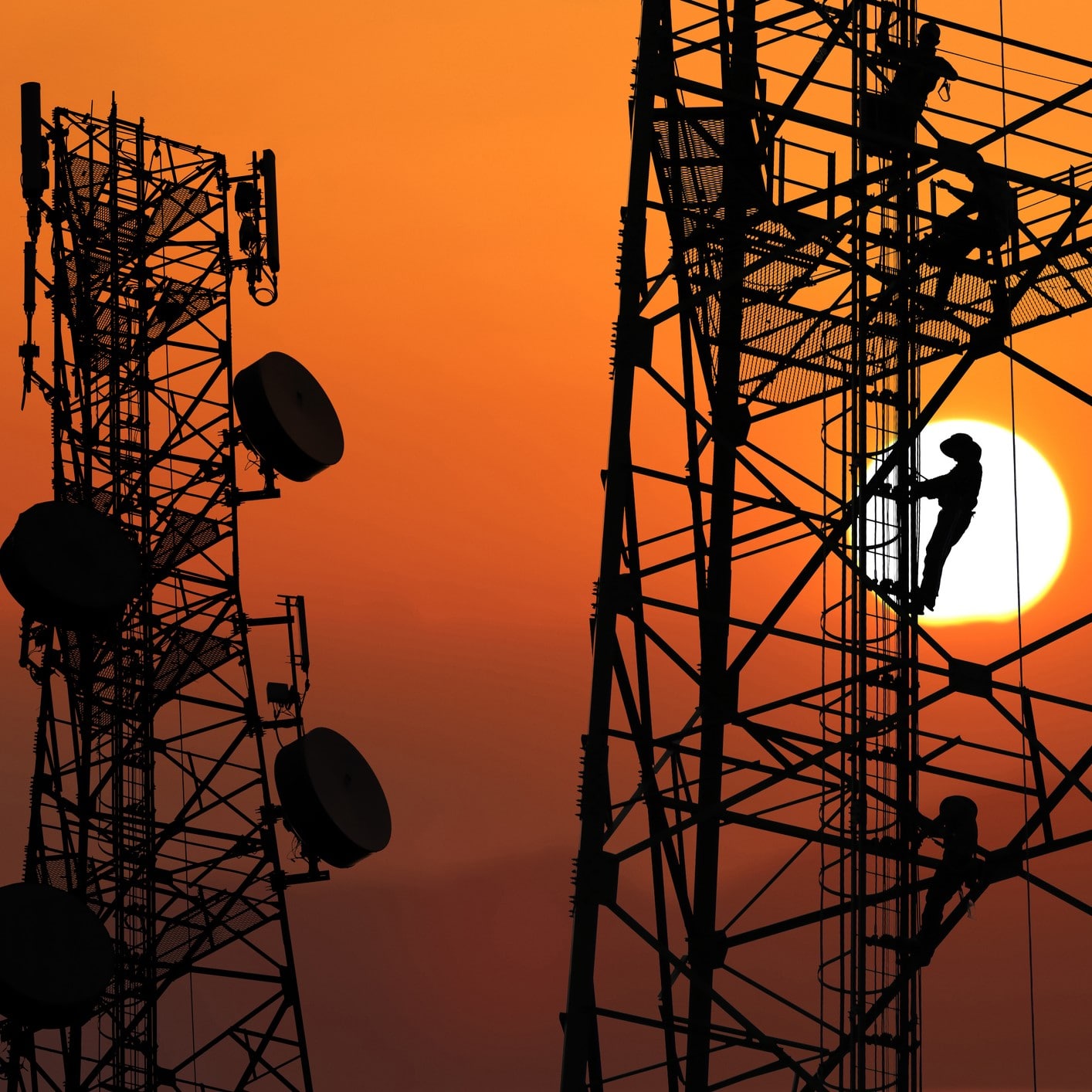Growth in user demand for 5G technologies combined with government programs designed to improve broadband access are driving expansion in the U.S. for fixed wireless access (FWA). That growth will result in FWA comprising of 9% of all broadband subscriptions by 2026, according to a new fixed wireless forecast Global Data report.
“Regardless of how it is branded, FWA is answering growing residential and business demand for internet connectivity with wireless networks often delivering broadband service in areas where other options may be scarce, as a complement to existing wired broadband service – such as when a remote worker requires a separate connection from the family’s main internet service – or as a broadband solution for short-term needs,” said Tammy Parker, GlobalData principal analyst, in a prepared statement.
FWA providers have been around for decades, but recent activity from larger tier 1 carriers, including Verizon and T-Mobile, have created much more subscriber count momentum.
T-Mobile recently expanded its Home Internet FWA in 57 communities across Texas. According to a T-Mobile spokesperson, this includes new markets, as well as markets where the company had FWA previously to a more limited number of locations. The new T-Mobile Texas markets include smaller, more rural towns such as those the company previously said it would target.
Verizon said that when it turns up 5G mobile service in the C-band later this month, the company also will be offering 5G fixed wireless service in the C-band. In an interview with Telecompetitor, Verizon Business Chief Revenue Officer Sampath Sowmyanarayan said the company will target a speed of 100 Mbps. Verizon recently disclosed it added 78K new FWA subscribers in 4Q21.
This year, there will be more than 1.95 million US residential and business subscriptions for FWA, according to Global Data’s report.
Not everyone shares the excitement of expanding FWA, at least from a financial model sense. Analyst firm MoffettNathanson recently questioned how successful the T-Mobile and Verizon fixed wireless deployments will actually be. They question why these mobile carriers are so bullish on what MoffetNathanson analysts see as a relatively “low value use of network resources.”



